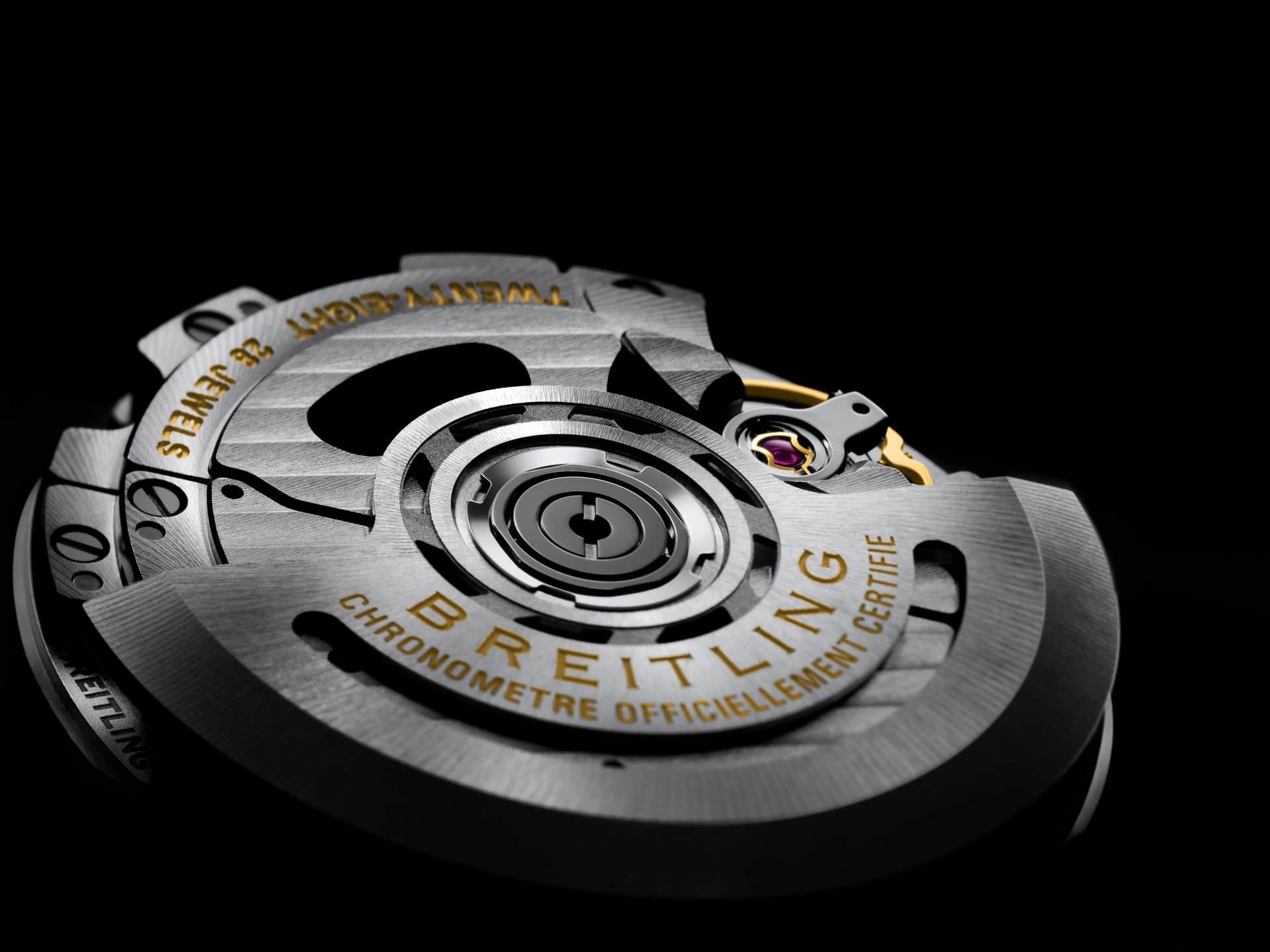In Detail – Breitling Superocean Héritage II 42
We can’t wait to see what new Breitling CEO Georges Kern will make of Breitling. A brand that was in the need for a new direction for quite a while, in my opinion. It has such a rich and interesting heritage, that doesn’t stop at the famous Navitimer. Let’s see what will happen over the next few years, if designs and collections will drastically change.
For now, I picked a watch that was introduced to us in BaselWorld: the Breitling Superocean Héritage II 42. A no-nonsense three-hands watch that grabs back to the past. The new Breitling Superocean Héritage II 42 is using the B20 movement, based on the Tudor MT5612. Let’s have a closer look.
Breitling Superocean Héritage II 42
The ‘II’ implies that it is a mark II, and that’s indeed the case. This new version has a ceramic bezel and a new movement. It was interesting to learn that Breitling and Tudor did a partnership on their in-house developed movements. A clever move, but also a bit of a strange move to be honest. Both companies, Tudor being part of the Rolex manufacture, and Breitling being a manufacture for quite some time now, should be able to design and develop their own movements of course. And they do. However, Tudor is using the Breitling chronograph movement for their Heritage Black Bay Chronograph and Breitling is using the Tudor MT5612 movement for some of their three-handers. Like this Breitling Superocean Héritage II. If you can develop a chronograph movement, like the B01, in my opinion you should also be able to develop a basic three-hands movement. Anyway, there might be economical reasons for this, or marketing reasons (that I don’t understand).
The Breitling Superocean Héritage II 42 has, as its name reveals, a 42mm case. Made of stainless steel, and 14.35mm thick. Quite a thick watch, but it suits a divers watch that has a water resistance of 200 meters. The fact that this collection is designated ‘Héritage’ doesn’t mean these watches aren’t up to the task. This Breitling Superocean Héritage II is available on a mesh bracelet, leather strap and rubber strap (whereas the rubber strap has the same design as the mesh bracelet). Without any strap, the watch weighs about 91 grams, which is quite impressive. Put the stainless steel mesh bracelet on it, and it is quite a chunk of metal on your wrist.
The ceramic bezel is uni-directional, a necessary feature for a diver that depends on his wristwatch. Of course, the Breitling signed crown is screw-down, to ensure water resistance. Its case back is also screw-in and is made of solid steel, no sapphire that would have given a proper look at its new B20 movement. It has nothing to do with the water resistance, as other brands are able to guarantee a higher water resistance and do have a sapphire case back. It might have something to do with the fact that Breitling considers this to be a tool watch.
Breitling’s Caliber B20 has a power reserve of 70 hours, ticks at 28.800vph and is chronometer rated. It is nicely finished and it wouldn’t be a shame at all to make it visible through a sapphire case back. Perhaps, in the future.
The Breitling Superocean Héritage II 42 comes in a couple of versions. There’s a blue, black, brown and silver dial. In this article I show you the blue and the (stratus) silver dial versions, with stainless steel mesh bracelet and one on a rubber strap. As written above, the soft rubber strap has a motif that will reming you of the mesh bracelet. On the Breitling website you can use a configurator to create your own (perfect) Breitling Superocean Héritage II 42, including some other strap variations as well. The rubber strap you see in this article is called the Rubber Aero Classic. Interesting to note is the ‘vintage’ buckle on this rubber strap.
With this rubber strap, the retail price is €3860. With the mesh bracelet, the price is €4430. The first series Superocean Héritage 42 is still on the website and priced a bit lower. The rubber strap version is €3370 and €3940 on the mesh bracelet. The movement is different of course, the ‘old’ version uses Breitling’s Caliber B17. That movement is based on the ETA 2824-2. It also lacks a ceramic bezel, of course. Are these improvements worth the mark-up? In my opinion it is. The ETA movement surely isn’t bad (on the contrary), but the Tudor based caliber B20 makes it definitely more interesting. It has a higher power reserver and uses a silicon (thus anti-magnetic) balance spring.
More information via Breitling on-line.


















